Building your own home can be a dream come true. If you’ve always wanted to customize your space, building from the ground up provides the opportunity for creative input and allows you to prioritize your interests.
There are several things to keep in mind, however, to keep your dream project on track. A custom home involves many services, suppliers and contractors, with plenty of room for conflict, error and expense.
Planning to build a custom home is an exciting, and perhaps overwhelming, prospect. As you gather your wish-lists and search for building properties, be sure to do thorough research on building partners, too. Be sure the trades and contractors you are considering are members of relevant professional organizations. Make sure you feel comfortable in conversation with them—that your voice will be heard and respected.
If you’ve been wondering on how to build a custom home, here are the eight most important steps:
1. Assemble your home building team
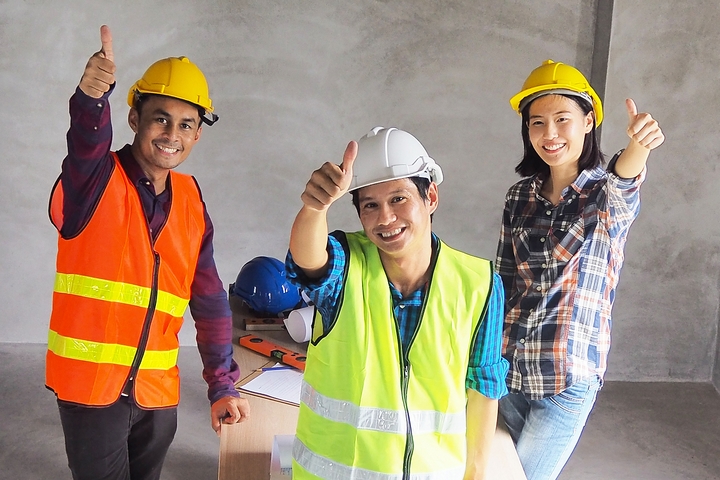
The team who will execute your custom build will include experts, from architects to general contractors and plenty of sub-trades. You may need a landscape architect, an interior designer and even a lighting specialist, as well. As you research your team, ask to see portfolios, for references and details about who will be onsite, when.
If you prefer someone to assemble a trusted team for you, look for a team of custom home builders with experience.
2. Find the right home property
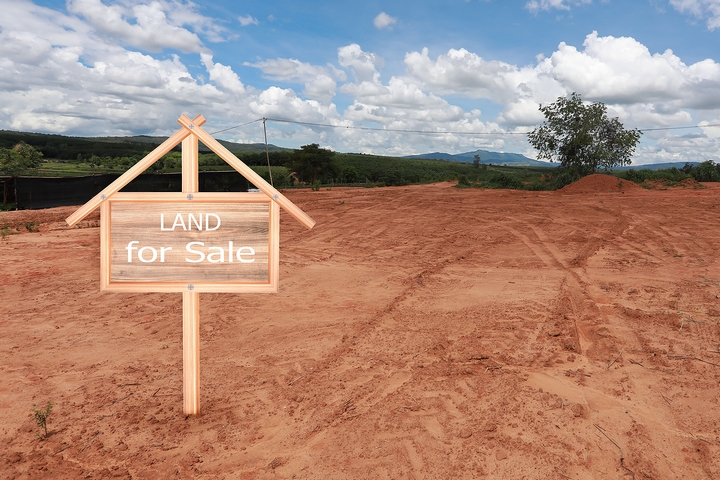
In order to build a custom home, you need to find the right property. Of course, one of the first steps in building a custom home is making sure you have the right property. The size, location and nature of your land will have an impact on many elements of your custom home, including its structure and aesthetics. As you look for a building lot, you’ll need to consider things like lot size, slope, proximity to other homes, zoning, septic conditions and much more.
3. Get clear on home building budget
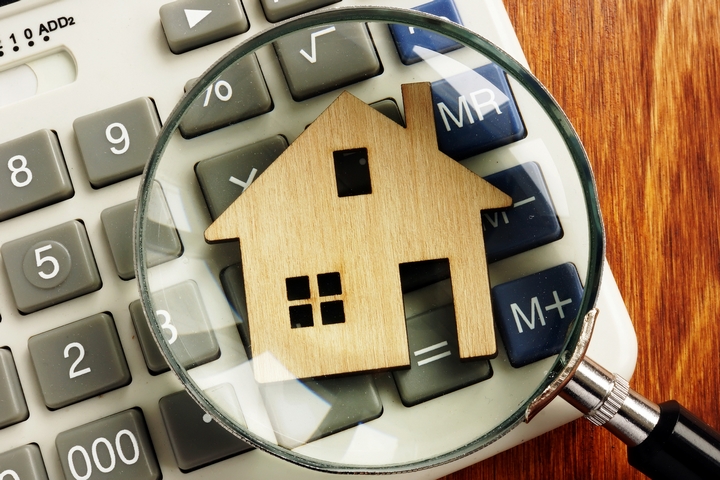
Until you price out the total cost of building a home, it can be hard to set a firm budget. As you map out costs, remember to include more than just the price of land, taxes and construction. You’ll also need to factor in line items for design and architecture, engineering, landscaping, finishes, interior decorating, furnishing and more. Be sure to include a line item for contingency, as well, given that most projects run into unexpected costs.
4. Outline your home building timeframe

Naturally, you want your custom home built as quickly as possible. You may have reasons that timing is even more critical—perhaps you are renting a place with an expiring lease, have sold your home with a firm closing date or have a baby on the way. Keep in mind that large-scale projects are prone to setbacks and time delays. While it is important to have an estimated timeframe for your project, make sure you are as realistic as possible and have some buffer room to spare.
5. Think about the size of the home
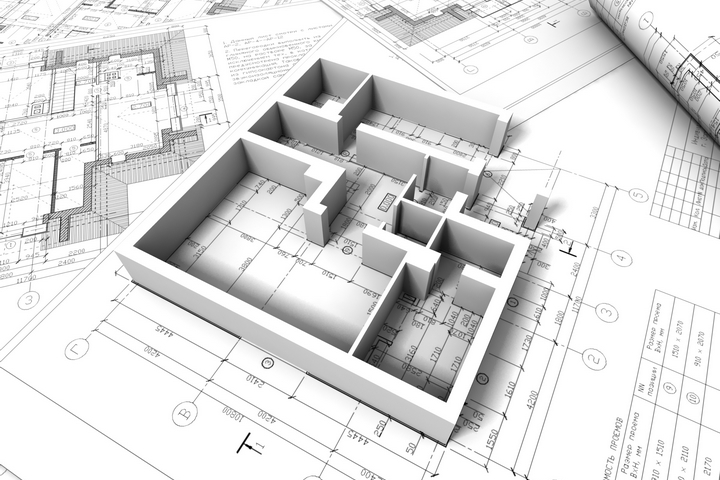
When you think about your custom home, how big do you imagine it to be? Is it five bedrooms with a three-car garage? Is it two bedrooms with an oversized front porch? Having a general idea of size, including the number of rooms you would like and a rough idea of square footage, will help you get started in your conversations with architects and builders.
6. Identify home building design
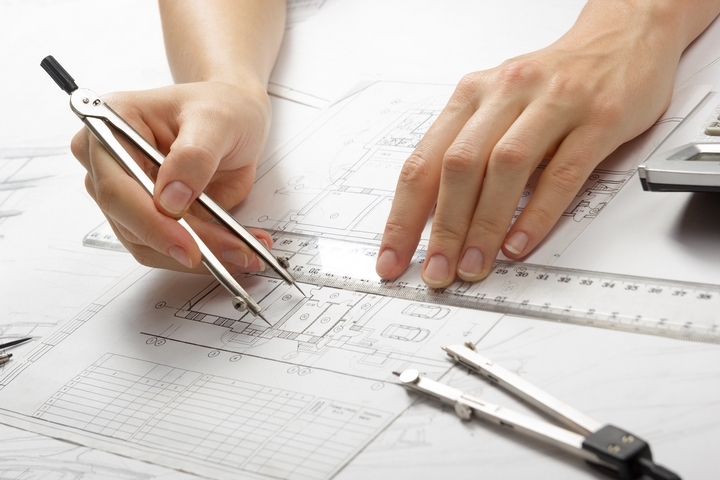
Is a large kitchen with an oversized island and eating area critical to your home design? Is a mudroom with main floor laundry a must-have? As you dream about your new home, think big, knowing that you may need to scale back or make trade-offs down the road. Having a clear idea on your top priorities—separating needs from wants and nice-to-haves—will help, if you run into budget or time constraints along the way.
7. Explore home layout options
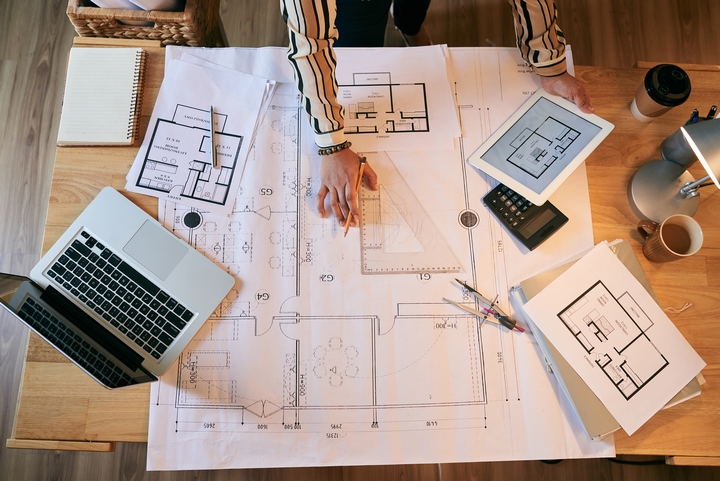
As you look for design inspiration and think about the function of your new home, be sure to think about layout options that work best for you. Is it important for all the bedrooms to be upstairs? Do you want an open concept between your kitchen and living room? As you move beyond needs and wants, think about the ideal flow for your home, from the front entranceway to the exits and stairways.
8. Factor your family in

Does your family need extra storage room for toys or sports equipment? Do you need more than one home office or a quiet room to consult with clients? Maybe you have a large art collection and need plenty of wall space for displays. Every family will have home features that will make life a little easier or more enjoyable. As you plan your dream home, remember to factor in the things that make your family unique.
If you’ve been wondering how to build a custom home, we hope these ideas have been useful.

